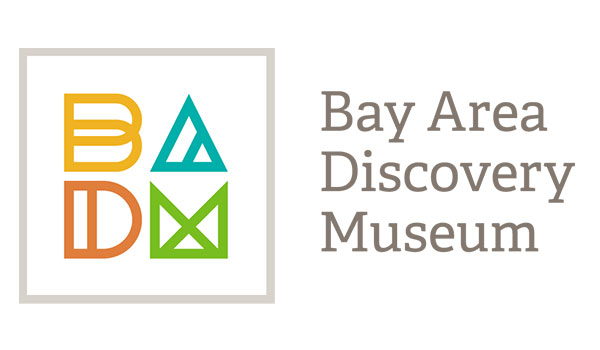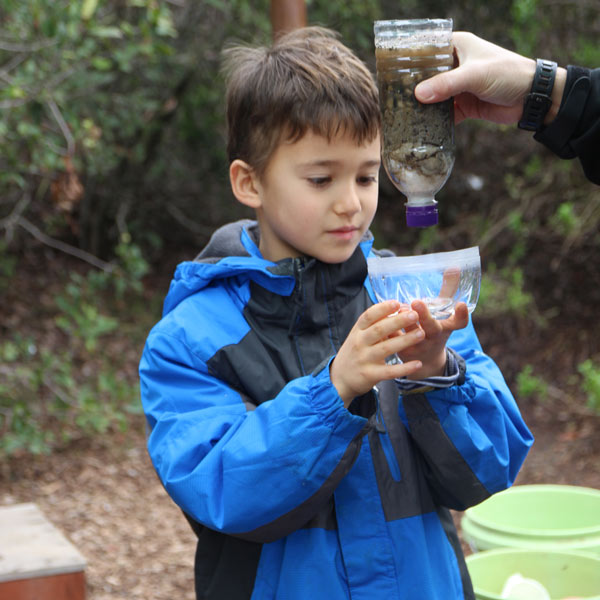Can you make dirty water clean? Design, create, and test your own water filter to find out!
Materials Required
- Pebbles and/or gravel
- Sand
- Coffee filters
- Cotton balls
- Small scoopers
- 3 pre-made tester filters
- 1 bucket of dirty water
- Empty bucket
- Empty plastic bottles cut in half, hole drilled into lid
- Pencil and paper
- 4 bins or baskets
Instructions
- Set up each material neatly in a separate bin or basket.
- Demonstrate that the pre-made filters can be used to make dirty water cleaner.
- Remind children it is not safe to drink the water at any point in the activity.
- Challenge the children to make their own water filter using the materials available. Show them the sorted items and ask them to plan their own design using pencil and paper.
- Invite each child or team of children to get one empty half bottle and fill it using the materials (pebbles, sand, coffee filters and cotton balls) in any quantity, combination, and order that they choose.
- Once children have filled their bottles, they can test their filters by pouring dirty water through it.
- Ask children to make observations and changes to their filters: What happened when you poured the dirty water through it? Did the water change in any way? What could you do to make your filter better?
Additional Tips
Try these add-on activities:
- Ask children to record their observations about each iteration of their design. Which design worked best? Why do they think that happened?
- Try sending the same water through the filter multiple times. What happens?
- For older children, explore and discuss: Why is the water dirty? Why can’t we drink it? Perform a test using a purchased water quality test kit to see if the filtered water is actually clean and potable. Emphasize how the type or size of the filter is related to the type of contaminant in the water.


